40-Year Elections Modeler Predicted Outcome of 53 of 56 Montana County Elections
In November of 2010, journalist Kurt Hyde wrote for The New American how US Census Data could be used to fraudulently register voters. He said that, due to changes in the law from the 2002 Help America Vote Act (HAVA) and changes to what types of data the 2010 US Census collected, personal information collected from the Census could be used to artificially inflate voter registration databases across the country.
Under questionable constitutional authority, HAVA moved voter registration databases from the County level, centralizing them at the state level. The law also required the voter registration databases be electronic, making them vulnerable to computer hacking.
The 2010 Census also provided a unique opportunity to supply the personal information needed to inject voter registrations into these centralized databases. For the first time, the US Census collected each person’s name, address, gender, date of birth, telephone number, and ethnic information. According to Hyde, “The census form even required people to disclose such personal information as whether they owned, rented, or occupied their homes rent-free. It carried a threat of a $100 fine for failure to disclose this information.”
Enter physicist and 40-year modeler of pandemics and elections, Dr. Douglas G. Frank. Dr. Frank is a renowned scientist and inventor who received his PhD in Electrochemistry at UC Santa Barbara. Dr. Frank took Hyde’s theory a step further asserting that voter registration databases were indeed inflated during the 2020 General Election and that, using an algorithm that he theorizes was developed at the state level and applied to the voter registration information in each individual county in a state, the voter turnout of the election was predictable to an unusually high level of accuracy.
Using 2010 US Census data and updated 2019 American Community Survey data from the Census Bureau, Dr. Frank is able to predict not only the voter turnout by age, but voter registration by age. When Frank’s prediction is compared to the actual voter turnout and voter registration by age, it correlates to an unusually high level of accuracy. In the case of Missoula County, and most other of the 55 other counties in Montana, his prediction was correlative to 0.99.
Missoula County election results analysis. Dr. Douglas G. Frank. September 22, 2021.
Blue Line: Population, Black Line: Registered Voters, Red Line: Ballots cast, Light Blue Line: Predicted ballots based on US Census Bureau data
Dr. Frank’s analysis also showed that counties across Montana had more registered voters in certain age groups than eligible voters exist in the population, and in many cases in older cohorts, voter turnout was nearly 100% and sometimes exceeded the total eligible population. Dr. Frank shared his analysis of all 56 Montana counties at the Montana Election Integrity livestream and in-person event Take Back Montana: 2020 Election Analysis.
More astonishingly, the exact same algorithm or “key” as Frank refers to the mathematical formula, used in Missoula County could be applied to any other county in Montana (except for Petroleum, Treasure, and Wibaux counties) to predict their voter registration and turnout by age, too. Dr. Frank has performed his analysis on dozens of other states and has found the same disturbing pattern. He is able to predict the outcome of elections in other states on a county-by-county basis, too, using only US Census Bureau data.
Dr. Frank has been working with Secretaries of State, Attorney’s General, and election administrators across the country to help uncover the irregularities and highly correlative statistical anomalies. During Mike Lindell’s August Election Integrity Cyber Symposium, a clerk from Pima County, Colorado, who Dr. Frank had been working with, appeared at the event to share that she had taken a forensic image of one of the election tabulation machines in her election’s office for analysis.
Dr. Frank and other cyber security experts have pointed to election tabulation machines as vulnerable vectors for the alleged cyber hacking that led to the seemingly predetermined outcomes of county elections in 2020.

